Breaking: Nissan Surprises With Strong Profits And Speedy Recovery. Will Own Zero Emission Market Until 2015

Nissan CEO Carlos Ghosn treated reporters to his trademark Gallic body language and quick-witted repartees during the presentation of the fiscal year 2010 results today at Nissan’s swank waterfront headquarters in Yokohama. Ghosn delighted stockholders and analysts with the news that Japan’s #2 automaker made a net profit of 319.2 billion yen (US $3.72 billion) on net revenues of 8.7731 trillion yen (US $102.37 billion). Operating profit was 537.5 billion yen (US $6.27 billion). Ghosn created much happiness by announcing that the last quarter of the fiscal year, which ended on March 31, resulted in an operating profit of 88.6 billion yen ($1.1 billion), also exceeding expectations.
Like at Toyota yesterday, no guidance for this year’s performance was given.
Other than at Toyota yesterday, Ghosn did not threaten to pack up and leave if the yen won’t get weaker. He reaffirmed his commitment to producing a million cars in Japan. Easy for him to say: In the past fiscal, Nissan made only 28 percent of its cars in Japan, the bulk was made elsewhere. As Nissan grows, this percentage shrinks.
Nissan took a relatively sedate charge of 39.6 billion yen ($488 million) against earthquake losses. Nissan lost five people during the March 11 disaster. Two plants near the epicenter were hard hit. Nevertheless, Nissan plans to be back to normal in October.
Ghosn praised the first mover advantage of the Leaf: “By the time other manufacturers have their own production versions of electric cars ready for mass marketing, the Leaf will have accumulated years of real world experience. The Nissan Leaf and other electric models coming to Nissan and Renault will face very few zero emission competitors until at least 2015.”
More as I have worked through my notes.

Bertel Schmitt comes back to journalism after taking a 35 year break in advertising and marketing. He ran and owned advertising agencies in Duesseldorf, Germany, and New York City. Volkswagen A.G. was Bertel's most important corporate account. Schmitt's advertising and marketing career touched many corners of the industry with a special focus on automotive products and services. Since 2004, he lives in Japan and China with his wife <a href="http://www.tomokoandbertel.com"> Tomoko </a>. Bertel Schmitt is a founding board member of the <a href="http://www.offshoresuperseries.com"> Offshore Super Series </a>, an American offshore powerboat racing organization. He is co-owner of the racing team Typhoon.
More by Bertel Schmitt
Latest Car Reviews
Read moreLatest Product Reviews
Read moreRecent Comments
- Dale Quelle surprise.
- 3SpeedAutomatic Nice looking, but IIRC, there was an issue with these engines where a knock would develop. That may account for the very low milage. 🚗🚗🚗
- Redapple2 Used to watch F 1 a great deal. Now? F1 Random thoughts:1 Silly rules bug me. Must use 2 types of tire. Cant refuel. Drag reduction can only be used in certain areas of the track and only if you are so close to the car in front.2 Passing is rare. Pole sitter wins a high % of the time.3 A new team can only start in F1 if they get the blessing of the overlords. Evil gm Vampire was barred. How about this. Anybody with a car that meets the construction rules can try. If your speed qualifies and you pay the entry fee. You re in. So is anybody else. 4 I tune in for Martin Brundle's grid walk. In my life, it s must see tv. But he is often bumped or cancelled. Grid walk takes place 1 out of 3 or 4 races.5 So, because of this utter bull sheet and other points, I ve migrated to IMSA and MotoGP. I might catch a summary on the youtube.
- Redapple2 I retract my comments and apologize.
- Flashindapan I always thought these look nice. I was working at a Land Rover dealership at the time the LR3 came out and we were all impressed how much better it was then the Discovery in just about every measurable way.
















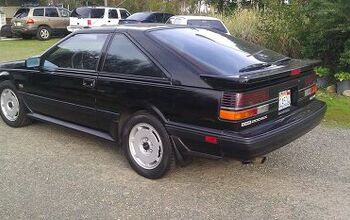


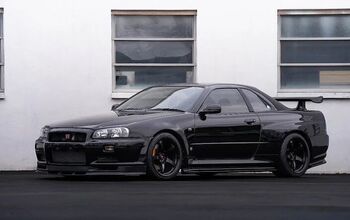
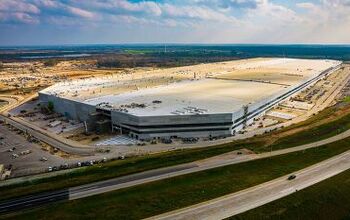
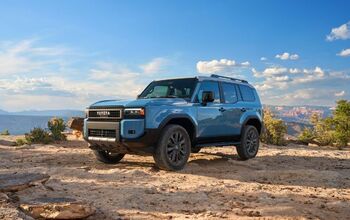

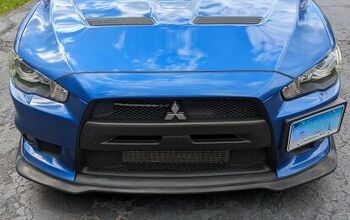

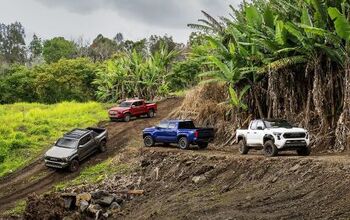

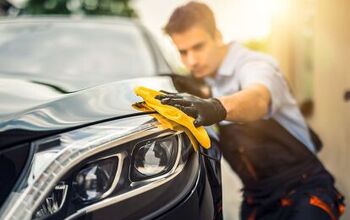

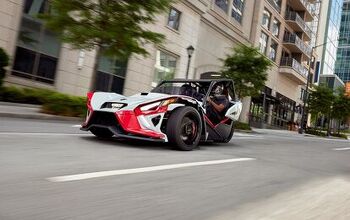
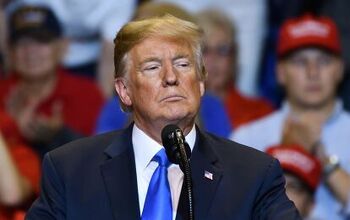
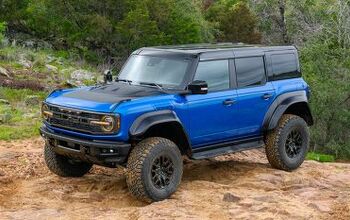
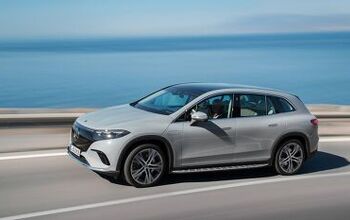
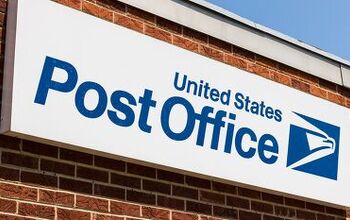
Comments
Join the conversation
I'd have guessed Honda'd be #2.